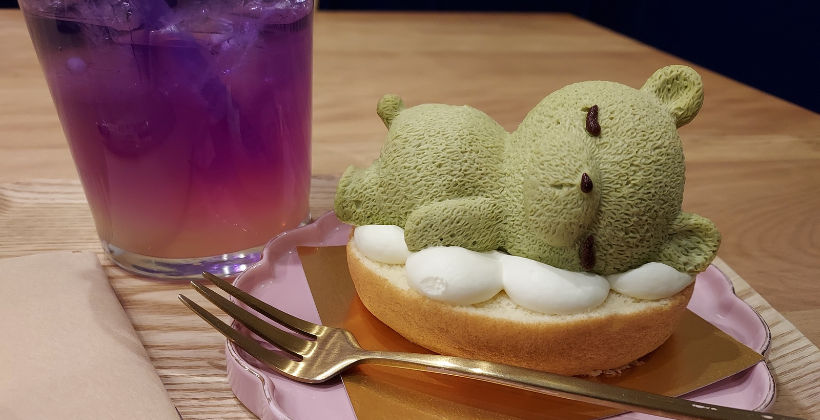
No More Hoarding if You Want to Stop the Matcha Shortage
The matcha shortage is finally making headlines, but this is not a first for the U.S.
Let’s examine the potential causes of the matcha shortage and what consumers can do about it.
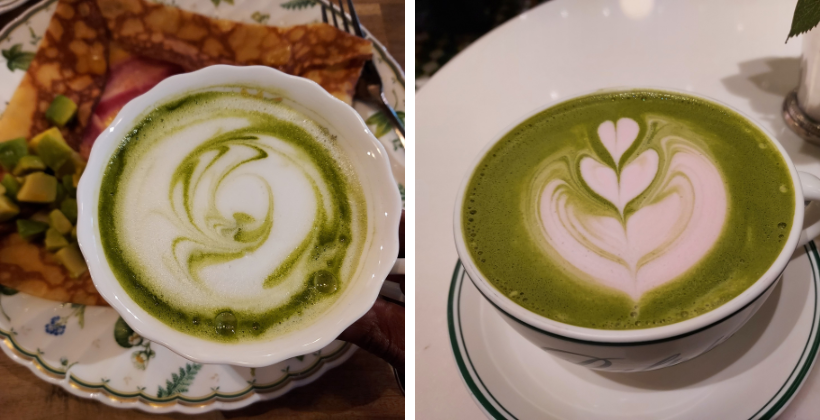
But first, what is matcha?
Matcha is also known as green tea and mainly comes in two forms: tea leaves and powder.
There are different levels or “grades” of matcha, including culinary and ceremonial.
Ceremonial grade is said to be a high quality green tea that many people will drink straight – no sugar, milk or cream.
While culinary grade is supposed to be of a slightly lower quality and more appropriate for cooking and baking.
It is likely that desserts like roll cake, crepe cake and cheesecake (people really like matcha cake!) utilize the culinary grade versions.
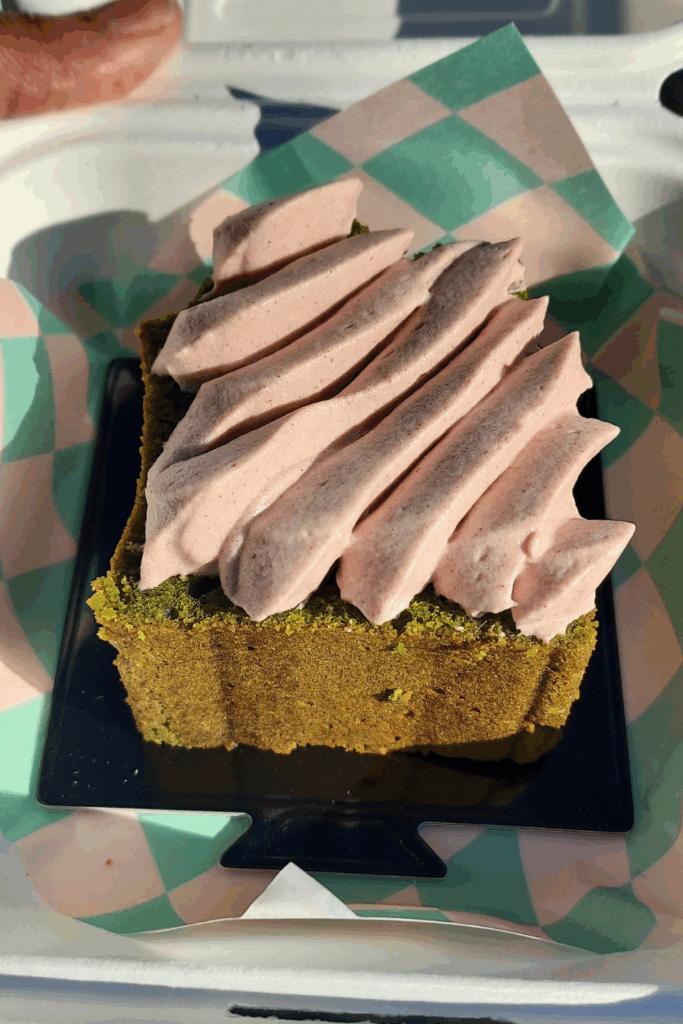
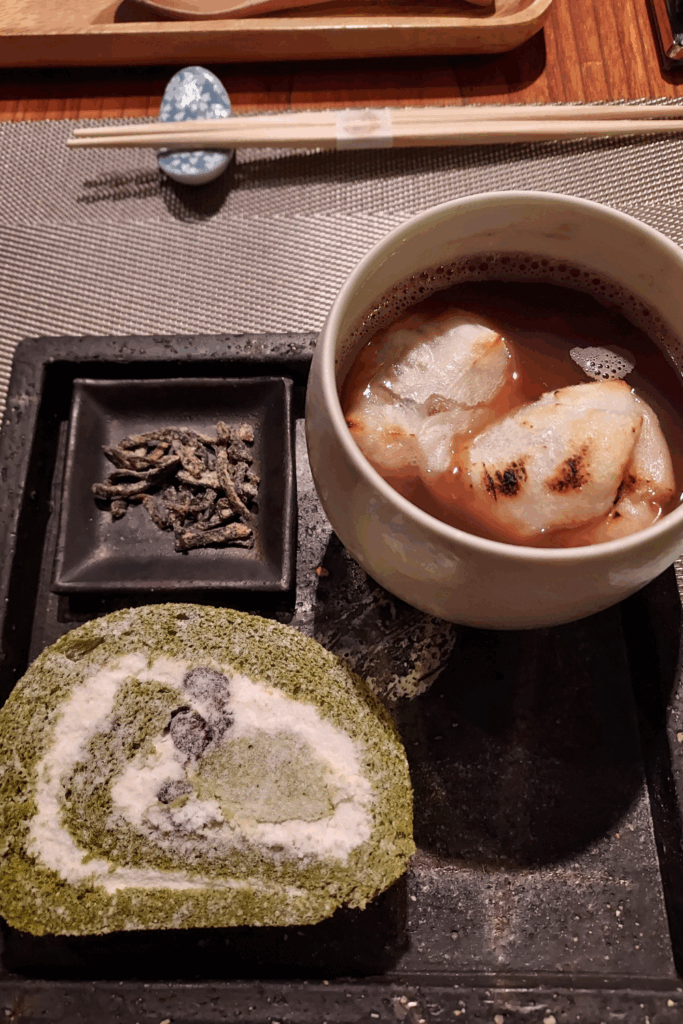
Pictured: Matcha pound cake from O:HU Bakeshop in Raleigh, NC and matcha roll cake from a cafe in Kyoto
Gotta have it: the matcha latte
From what I can tell, green tea has been popular in the U.S. for a few years.
Previously, any time I heard someone talk about matcha was if they ordered one from Starbucks.
But in recent months, there’s been a latte craze, thanks in part to social media.
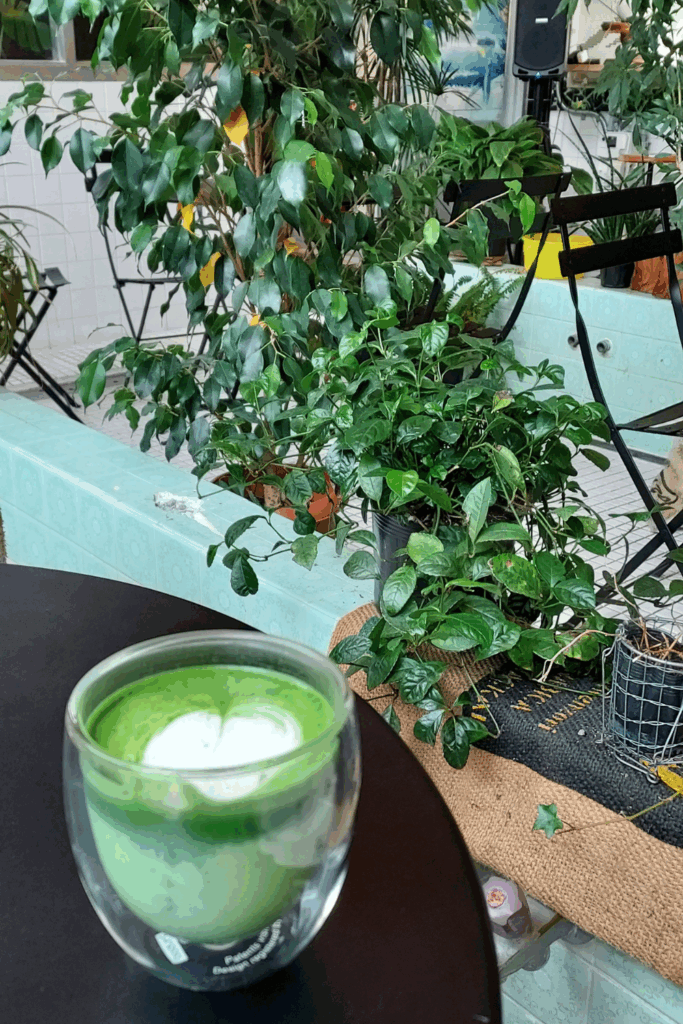
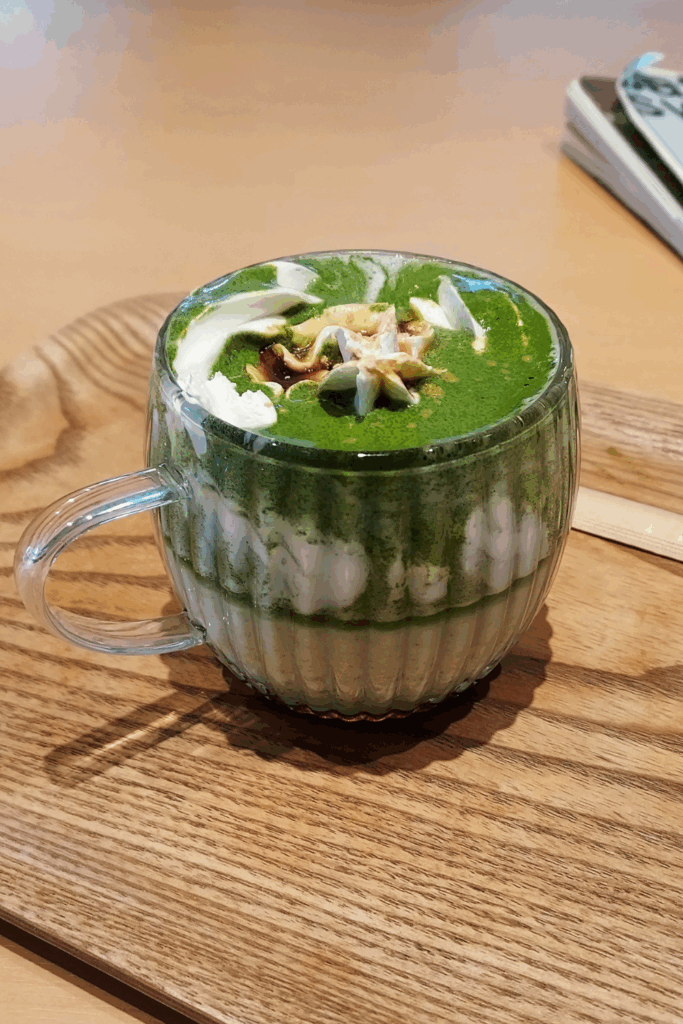
Pictured: Latte from Matcha Nespresso Miyano Yu in Tokyo and the hot latte from Atelier Matcha in the Ginza neighborhood of Tokyo
For many people, the matcha latte has replaced their daily morning AND afternoon caffeine drinks such as coffee and soda.
And instead of relying on Starbucks or their locally owned and operated coffee shop, more people are making their own drinks at home.
Which would be a good way to save money, except there’s no agreement on how exactly to make a matcha latte.
How much powder should you use in your latte?
People actually argue about this in the comments of ‘matcha influencers.’
Some say 3 grams. Others say at least 5 – 7 grams.
I’ve seen influencers use most of their small tins for one drink.
To put this in perspective, Ippodo, a popular tea company who recently published their State of Matcha article, sells their Ikuyo tea in 30 g tins for $19 USD online. And 20g of Horai for $20 USD.
You can see how quickly the costs add up if you are using large amounts for your lattes.
I guarantee that you’re supposed to be able to get more than 2 or 3 drinks from a 20 g container.
And won’t someone please think of the caffeine levels?
But it’s your money, so do what you want. I guess.
Wait, matcha influencers?
Yes, there are content creators who focus solely on making green tea drinks and desserts and comparing powders from different companies.
Some have been called out for how wasteful they’ve been after admitting to making multiple lattes in a day and then pouring them out.
But I think I’ll save that for another article.
However, there are many content creators & influencers outside of the food and beverage space who haven’t just taken an interest in green tea, but also in Japan and Japanese culture.
It feels like everyone is traveling to Japan
Each year for the past several years, Japan has welcomed millions of tourists.
Whether it’s for cafe hopping, shopping for vintage clothes or buying a house, the number of tourists continues to grow.
And you better believe people they’re making and posting content about it.
I’ve also noticed that Japan content on social media garners a lot of attention and engagement.
There are Instagram accounts and YouTube channels dedicated solely to Japan travel.
Some are specifically for Japanese food.

Pictured: Curry set with rice, a salad, coffee jelly & chai latte from Mar Cafe in Kyoto, Japan
And regular trips to Japan, if you can afford it, can turn a person with a struggling YouTube channel into a full-time, well-paid travel YouTuber.
And for the folks who cannot visit, they too want to hunt for the best matcha drinks in their city and bake matcha brownies on a Friday night.
What do we, as consumers, do about the matcha shortage?
I could tell you to stop using so much of the powder in your lattes.
Or question why you need 10+ different brands at any given time.
But it’s honestly none of my business.
However, I will take the opportunity to sing the praises of: hojicha!
Hojicha (or houjicha ほうじ茶) is still green tea but roasted. It has less caffeine but a rich and earthy taste.
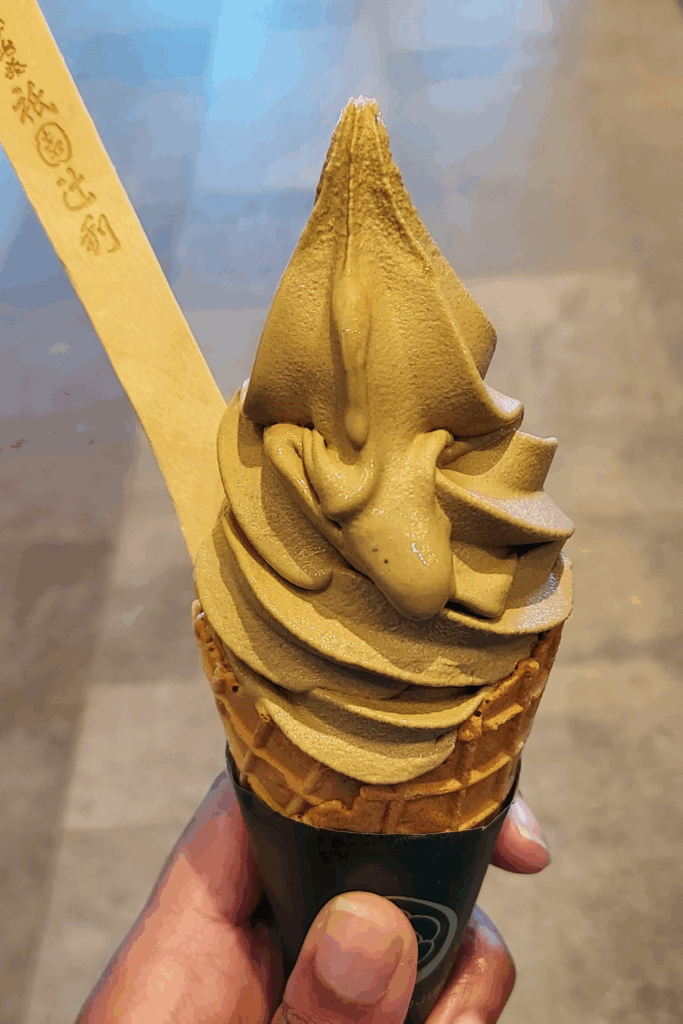

Pictured: Hojicha ice cream from Giontsujiri (Skytree Solamachi) and hojicha parfait from Nakamura Tokichi (GINZA SIX)
Some even describe hojicha as having a chocolate-y taste.
Regardless, hojicha is delicious and these lattes and desserts are often available alongside the matcha ones.
It’s a great choice for any time of the day, including at night for winding down.
It’s just as good as matcha and worthy of a spot in your tea rotation.

